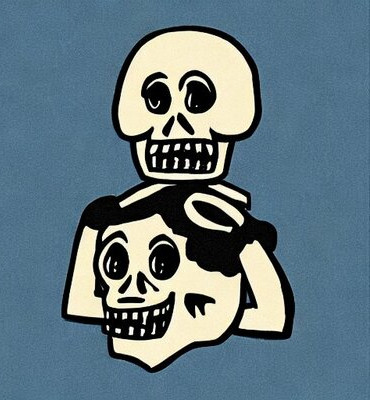That and verifying the checksum are the big reasons I can think of. I feel like for the most part though using something like balenaEtcher is so much easier.
I feel like the main problem with balenaEtcher is that it requires downloading 150 MB, for a software that many people will use only once before a reinstall.
If you’re in a rich country, you might hardly notice, but for poorer countries, this is an insane ask, especially if it just improves convenience mildly.But yeah, ultimately any such tool is going to face the problem that no matter how easy it is to use, you need to first install it, which needs to be explained.
The usage ofddalso needs explaining, but you don’t need to install it.Well, and another factor is that
ddhas been around since the dawn of time. Software like balenaEtcher tends to go unmaintained after a few years, at which point any documentation referencing it, will need to be rewritten. And it’s usually rewritten to referenceddinstead, before a new convenient software emerges…Thanks for explaining. I didn’t know it went unmaintained for a while. I thought programs like balenaEtcher and Rufus might have other issues I was unaware of like certain OSs not flashing correctly
Oh, I didn’t mean to say that balenaEtcher actually had gone unmaintained before. I just meant that it’s likely to do so in the future, like pretty much all software.
ddis kind of in a unique position, in that it’s so simple, that it’ll hardly need maintenance, and it’s useful enough that it presumably gets this maintenance.With balenaEtcher, it’s developed by a company. If that company folds or changes strategy, then they’ll stop maintaining balenaEtcher.
It’s also implemented with Electron, i.e. browser technologies. If it goes unmaintained for a few months, you’ll quickly have security vulnerabilities in there.
You might also not find anyone willing to maintain such a comparatively thick tech stack…
I agree that once learning how to use dd programs like BalenaEtcher sort of become more clutter than anything else.
Still, something I would always prefer over dd is Ventoy, simply because not only allows me to easily make an ISO bootable, but allow multiple ISOs to be easily bootable on the same USB stick. I hope it never becomes abandonware.
Not all linux systems are running a desktop GUI, for example…most servers. /edit to add or expand/ I use Etcher on my laptop but I use the command line with my server in the closet…plug in the USB, go back to my laptop and do everything remotely.
Also, as a linux user/admin for 25+ years I’ve seen these apps come and go. Inevitably the app gains so much popularity that the dev wants some money for it… so they add advertising to the app. Then some other app comes along to replace it, rinse and repeat indefinitely. If your shell commands are POSIX-compliant, they’ll last for decades or more.
Do you have an example of apps designed for creating bootable media switching to a paid model?
Etcher itself has advertisements for https://www.balena.io/ products while your USB drive is being written.
deleted by creator
I feel like for the most part though using something like balenaEtcher is so much easier.
Take 5 minutes to learn to use DD, and you’ll never need to install etcher again. Also DD can do primitive backups of drives, and so much more.
While I agree that dd can be easily used, it still is a dumb command (as in its only purpose is to write and nothing else), which can result in some issues regarding validating the integrity of the installation, at least for a beginner.
Furthermore, it can be disastrous if you don’t pay attention to what you type in, as it will happily overwrite anything you type in.
Also, I don’t think that dd alone should be used as a backup, as it might result in inconsistent backups. The best simple backup system, no matter whether you are a beginner or an expert, are snapshots, and maybe using dd to backup those to an external drive to be sure.
validating the integrity of the installation
The ISO file should be validated, and many installation medias check hashes.
it can be disastrous if you don’t pay attention to what you type in
Valid point, even I get nervous when entering dd.
I don’t think that dd alone should be used as a backup
Absolutely it shouldn’t. I said primitive backups, which are not a replacement for things like snapshots. DD backups are space-inefficient, easily corruptible, and often result in broken systems.



